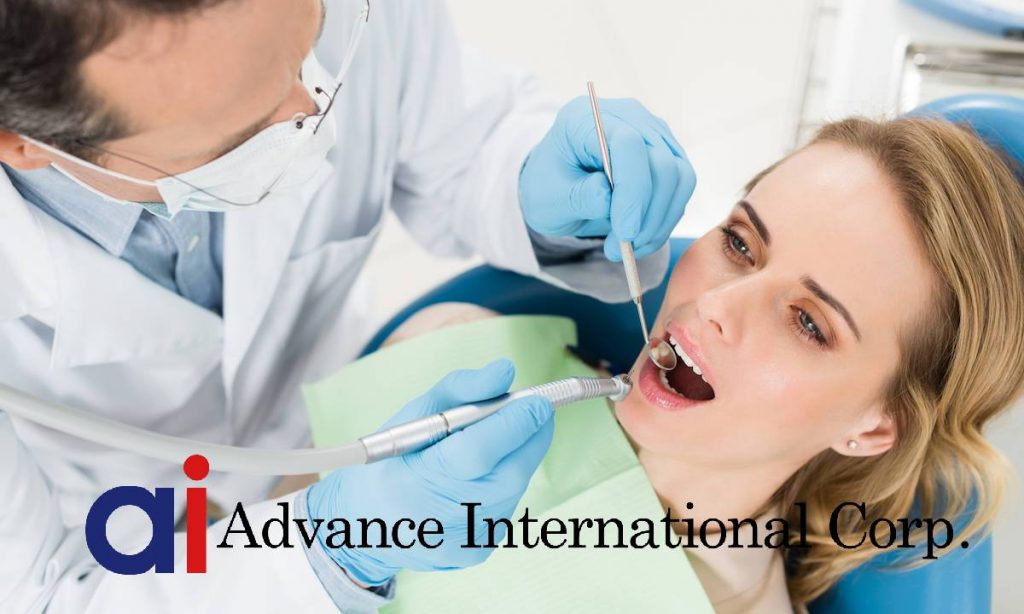Dental care is an essential part of overall health, yet access to affordable dental services remains a significant challenge for many Americans. A common question people ask is, “Is dental care free in the USA?” The short answer is no, dental care is not universally free in the United States.
However, there are some exceptions and programs that provide low-cost or free dental services to certain groups. Here’s a closer look at the landscape of dental care in the U.S.
The Cost of Dental Care in the USA
Dental care in the United States is typically not free. Most Americans rely on private dental insurance, which often requires monthly premiums, co-pays, and deductibles. Even with insurance, out-of-pocket costs for procedures like fillings, root canals, or crowns can be high. For those without insurance, the costs can be prohibitively expensive, leading many to delay or forgo necessary dental treatments.
Exceptions: When Dental Care May Be Free or Low-Cost
Dental care is not free for the general population, there are some programs and options that provide free or low-cost dental services to specific groups:
Medicaid and CHIP
Medicaid, the federal and state health insurance program for low-income individuals, may cover dental care for children and, in some states, for adults. The Children’s Health Insurance Program (CHIP) also provides dental coverage for children in families that earn too much to qualify for Medicaid but still need financial assistance. However, adult dental coverage under Medicaid varies by state and is often limited to emergency services.
Community Health Centers
Federally Qualified Health Centers (FQHCs) and nonprofit community clinics often provide dental services on a sliding fee scale based on income. Some of these clinics may offer free dental care to uninsured or low-income patients.
Dental Schools
Dental schools often provide low-cost or free dental care as part of their training programs. Services are performed by dental students under the supervision of licensed dentists, making it an affordable option for routine cleanings, fillings, and even more complex procedures.
Charity Organizations and Free Clinics
Organizations like Mission of Mercy, Give Kids A Smile, and Remote Area Medical (RAM) host free dental clinics across the country. These events provide services like cleanings, extractions, and fillings at no cost to patients.
Veterans Benefits
Veterans who qualify for VA health benefits may receive free or low-cost dental care through the Department of Veterans Affairs. However, eligibility is often limited to veterans with service-connected dental conditions or those who meet specific criteria.
Why Isn’t Dental Care Free in the USA?
Unlike some countries with universal healthcare systems that include dental care, the U.S. treats dental health as separate from general health. Dental insurance is often not included in standard health insurance plans, and public programs like Medicare do not cover routine dental care for seniors. This separation has created a gap in access, particularly for low-income individuals and families.

The Consequences of Limited Access to Dental Care
The lack of free or affordable dental care has significant consequences:
Oral Health Disparities: Low-income individuals and communities of color are disproportionately affected by untreated dental issues.
Emergency Room Visits: Many people without dental insurance turn to emergency rooms for dental pain, which is costly and often only addresses symptoms, not the underlying problem.
Overall Health Impact: Poor oral health is linked to serious conditions like heart disease, diabetes, and respiratory infections.
What Can Be Done to Improve Access?
Advocates for healthcare reform have called for expanding dental coverage under Medicaid and Medicare, increasing funding for community health centers, and integrating dental care into overall healthcare systems. Additionally, public education about preventive care and the importance of oral health can help reduce the need for costly treatments.
Conclusion
Dental care is not free in the USA for most people, but there are resources available for those who cannot afford private insurance or out-of-pocket costs. Programs like Medicaid, community health centers, and charity clinics provide vital support, though they often have limitations. For true equity in dental care, systemic changes are needed to ensure that everyone, regardless of income, has access to affordable and high-quality dental services. Until then, it’s important to explore available options and advocate for policies that prioritize oral health as a fundamental part of overall well-being.



